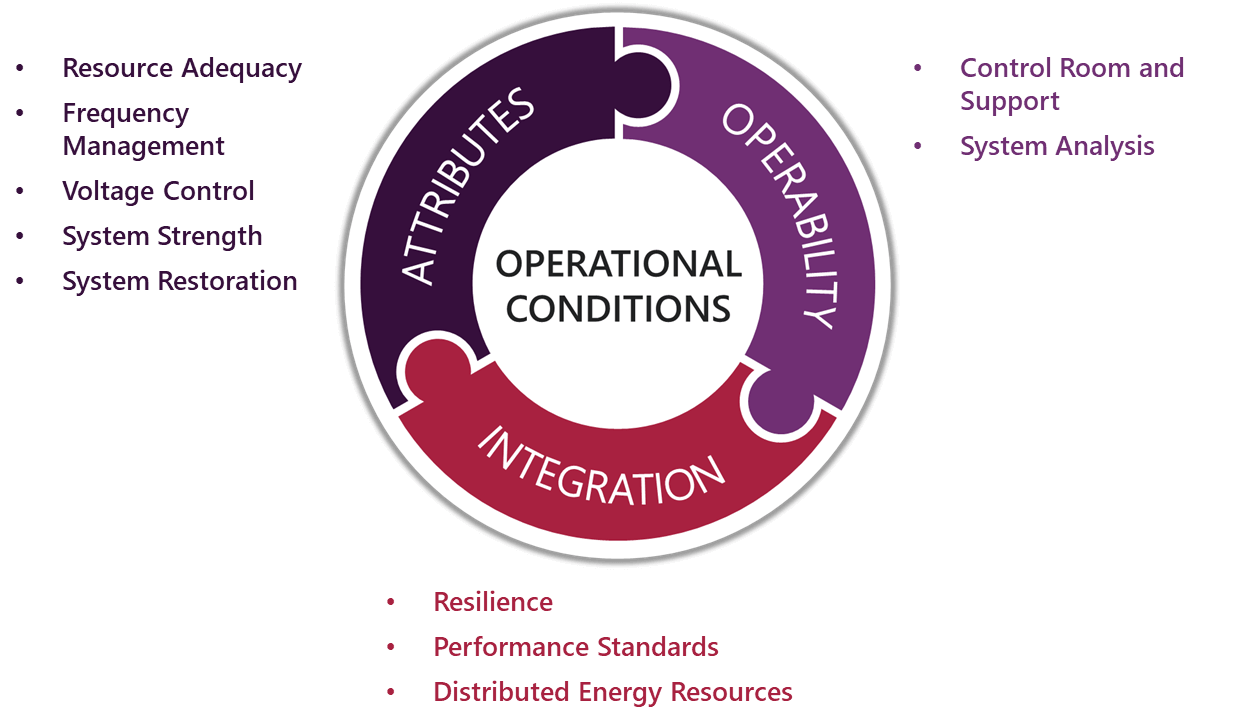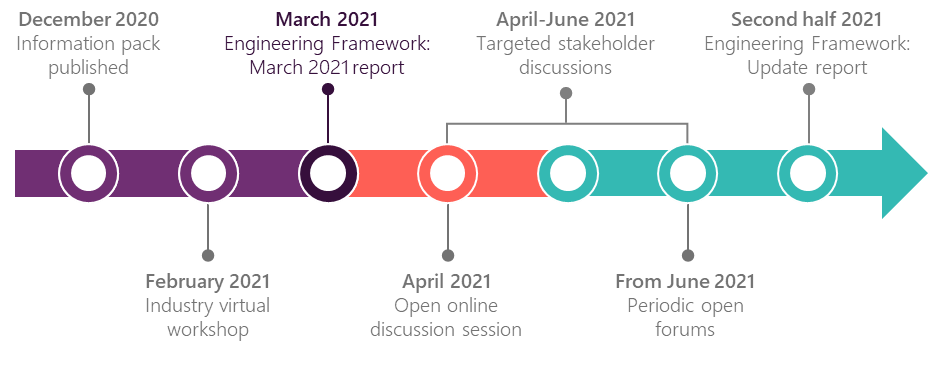Australia’s energy sector is undergoing a once-in-a-lifetime transition as renewable energy sources, both large-scale and residential rooftop PV, displace the ageing thermal fleet.
These trends, as highlighted in the Australian Energy Market Operator’s (AEMO) 2020 Integrated System Plan and 2020 Electricity Statement of Opportunities, are challenging conventional power system operating conditions and have implications for the provision of secure and reliable energy supply for consumers.
As part of its role as the power system and market operator and national transmission system planner, AEMO began working with the energy sector in December 2020 on developing an ‘engineering framework’ to together facilitate an orderly transition of the National Electricity Market (NEM).
AEMO Manager of Future Energy Systems, Chris Davies, said that industry participation has demonstrated strong support for the framework concept, culminating in publishing the Engineering Framework March 2021 report.
“Together with industry, we’ll be working to identify possible future operational conditions for the NEM power system, understand current work underway to then collectively act to address the most urgent issues,” Mr Davies said.
“Our March 2021 report is about setting a baseline for the Framework, so we can understand all the moving parts across industry and work out how they fit together, including future priorities for AEMO.
“This is an important opportunity for industry to collaborate on what future NEM operations will look like and how these are best managed, so the power system continually delivers desired outcomes for consumers,” he said.
The March 2021 Engineering Framework highlights operational changes underway, including the accelerated growth in wind and solar over the last few years.
The contribution of wind and solar (including rooftop solar PV), reached 38% of electricity supply at any one point in 2018; this rose to 52% in 2020. Further, minimum synchronous generation at a single point in time decreased from 13.7 gigawatts (GW) in 2018 to 10.8 GW in 2020 across the NEM.
“The NEM is rapidly moving towards operating for hours at a time with a completely different mix of generation sources, which will be unique for any large power system in the world,” Mr Davies said.
“Working together as an industry we can plan our way through these changes to provide a sustainable energy system that delivers affordable, safe and reliable energy for all Australians,” he said.
Engineering Framework focus areas
Ten focus areas have been identified to frame the current work and avenues for engagement in the March 2021 report.
These focus areas are spread across three broad themes: attributes, operability and integration. They will also be used to collaborate on identifying where increased industry focus is needed to bridge the gap between current work and future operational conditions.
How to get involved
AEMO is keen to hear from stakeholders about how they would like to be involved, and have proposed a flexible, staged engagement approach (as outlined below).
The next step will be an open industry discussion in April, with targeted stakeholder discussions through May and June to help identify operational conditions and early priorities.Vi
Visit the AEMO website for more information about the Engineering Framework and engagement opportunities. To sign up to our mailing list, please contact FutureEnergy@aemo.com.au.
AEMO is looking to use the Framework to engage with stakeholders on how to best prioritise efforts across industry, so together we can act early to address the most urgent issues.








